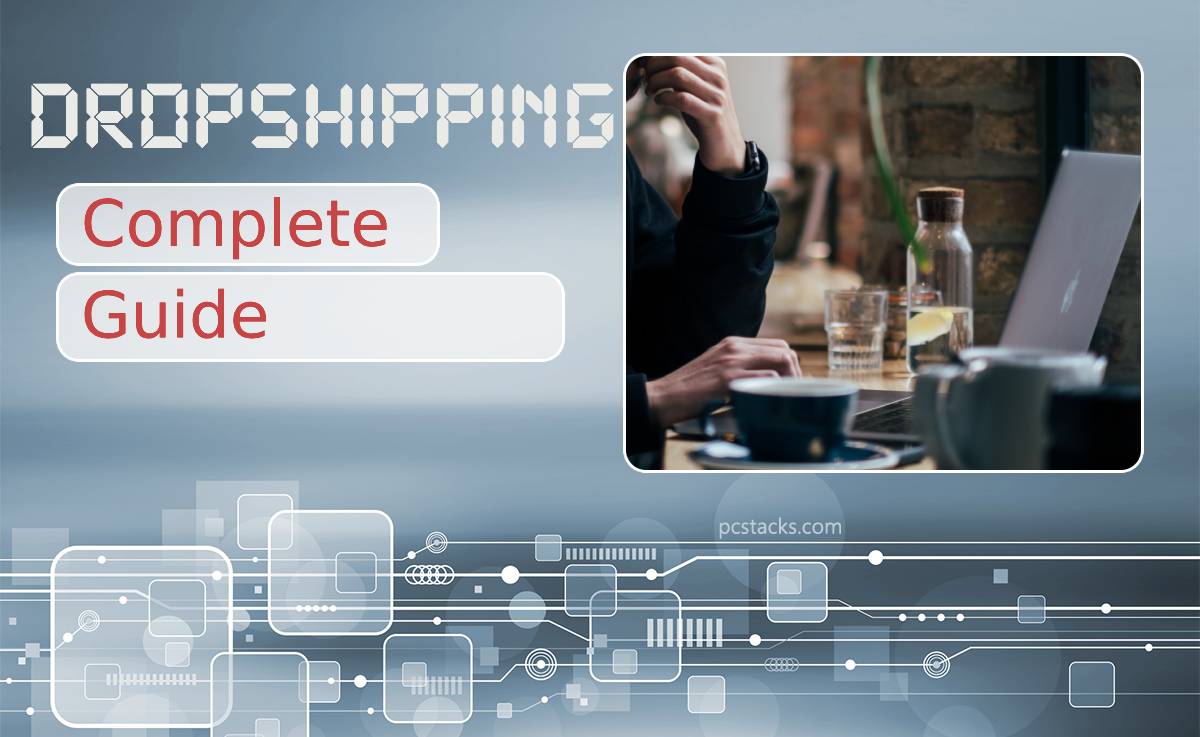In the dynamic world of e-commerce, dropshipping has emerged as a popular business model that allows entrepreneurs to sell products without the need for inventory or upfront investment. This approach offers a low barrier to entry, making it an attractive option for aspiring online retailers. In this comprehensive guide, we will walk you through the fundamentals of dropshipping, from understanding the concept to implementing effective strategies for success.

Table of Contents
What is Dropshipping?
Dropshipping is a retail fulfillment method where a store doesn’t keep the products it sells in stock. Instead, when a customer makes a purchase, the product is shipped directly from a third-party supplier to the customer. As a result, the merchant never sees or handles the product.
The Dropshipping Process
1. Customer Places an Order: The customer places an order on the online store of the dropshipper.
2. Order is Sent to Supplier: The order details are forwarded to the supplier, who is responsible for packing and shipping the product directly to the customer.
3. Supplier Ships the Product: The supplier ships the product to the customer, often using a white-label or private-label approach, which means the package doesn’t indicate it’s from a third party.
4. Merchant Profits: The merchant makes a profit by selling the product at a higher price than they paid the supplier.
Advantages of Dropshipping
1. Low Startup Costs: Traditional retail businesses require significant upfront investment in inventory. Dropshipping eliminates this need, as you only purchase products when you’ve already made a sale.
2. No Inventory Management: With dropshipping, you won’t have to worry about storage, packing, or managing inventory. This frees up time and resources to focus on other aspects of your business.
3. Wide Product Range: Since you’re not limited by physical inventory, you have the flexibility to offer a wide range of products without the risk of overstocking or being stuck with unsold items.
4. Location Independence: Dropshipping is an online business model, allowing you to operate from anywhere with an internet connection. This offers a high level of flexibility and potential for global reach.

Getting Started with Dropshipping
1. Select a Niche
Choosing a niche is a crucial first step. Focus on a specific category of products that you are passionate about or have a strong interest in. Conduct market research to ensure there is demand for your chosen niche.
2. Research and Identify Suppliers
Find reliable suppliers who offer dropshipping services. Look for suppliers with a good track record of quality products, timely shipping, and good customer service. Popular platforms like AliExpress, Oberlo, and SaleHoo are popular choices.
3. Set Up an Online Store
Choose an e-commerce platform to build your online store. Shopify, WooCommerce, and Big Cartel are popular options. Customize your store to reflect your brand and optimize it for user experience.
4. Integrate with a Dropshipping App
If you’re using a platform like Shopify, consider integrating a dropshipping app like Oberlo. This makes it easy to add products from your chosen suppliers to your store.
5. Create Product Listings
Write compelling product descriptions, select high-quality images, and set competitive prices for your products. Ensure that each product listing provides valuable information to potential customers.
6. Implement Effective Marketing Strategies
Utilize various marketing channels to drive traffic to your store. This can include social media marketing, content marketing, paid advertising, and search engine optimization (SEO).
7. Provide Excellent Customer Service
Offer exceptional customer service to build trust and credibility. Respond promptly to customer inquiries, address concerns, and ensure smooth order processing and fulfillment.
8. Monitor and Optimize
Regularly track the performance of your store, analyze customer behavior, and identify areas for improvement. Continuously optimize your product offerings, marketing strategies, and user experience.
Challenges and Considerations
While dropshipping offers numerous advantages, it’s important to be aware of potential challenges:
1. Supplier Reliability: Relying on third-party suppliers means you have less control over inventory and shipping. It’s crucial to work with reputable suppliers to ensure reliable service.
2. Thin Profit Margins: Because you’re not purchasing products in bulk, your profit margins may be lower compared to traditional retail models. Effective pricing strategies and cost management are essential.
3. Market Saturation: Some niches in dropshipping may be highly competitive. Thorough market research and finding unique selling propositions are crucial for success.
4. Customer Expectations: Since you don’t handle shipping and fulfillment directly, it’s important to set clear expectations with customers regarding delivery times and potential delays.
Dropshipping offers an accessible entry point into the world of e-commerce. By carefully selecting a niche, choosing reliable suppliers, and implementing effective marketing strategies, entrepreneurs can build successful dropshipping businesses. While it’s not without its challenges, with dedication, strategic planning, and excellent customer service, a dropshipping venture has the potential to be a lucrative and sustainable e-commerce enterprise.




